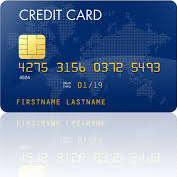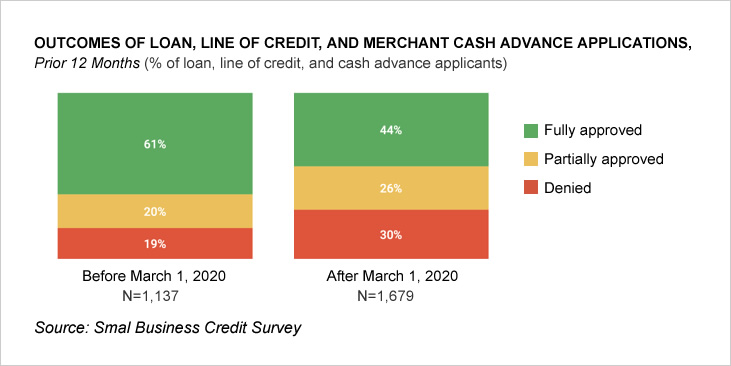
It’s more than a plastic card to purchase supplies! It will help you to build a strong financial foundation for your company if you use it correctly.
To use your new card effectively, you will need to know the terminology that comes with it. Learning the terminology is a bit like learning the rest of the business. This list of business terms will make you a more informed owner. You’ll also be able maximize the value you get from your business credit cards.
1. Annual Fee: Some cards charge an annual fee each year you use the card. Annual fees are most common with credit cards that offer rewards or help rebuild bad credit. However, they can also be charged by some small business and cash-back credit cards. You may also not be required to pay an annual charge for the first year you own the card.
2. Authorized User (AU): An authorized user can use your account for purchases, but they are not responsible for the payment.
3. Balance-to Limit Ratio – Also called a credit utilization rate, this ratio is used to calculate your credit score. The ratio compares how much credit is being used with the total amount available. A low ratio is considered good for credit scores.
4. Business Guarantee: The business guarantee is an agreement between the company that holds the card and its issuer. It makes the company itself responsible for repayment, rather than the owner or current owner.
5. Commercial Credit Score: Also called a business score, the commercial credit score is a predictor of whether a company can pay its debts in full.
6. You can dispute any charges on your statement that you feel are incorrect or suspicious. The issuer usually has two billing cycles in which to resolve the dispute. You may be able to receive a temporary credit for the amount disputed. It may differ by issuer. Be sure to know the details of your account.
7. Discharged Debt – A discharged debt refers to a debt that has been forgiven in bankruptcy court. You are no longer legally obligated to repay the discharged debt, and creditors cannot try to collect it. Note that discharged credit card debts will appear on your report for up 10 years.
8. Equal Credit Opportunity Act ): The Equal Credit Opportunity Act was passed by Congress in 1974 and prohibits lending discrimination. It is illegal for a lender to discriminate based on an applicant’s age, color or race, nationality, sex or marital status. The ECOA applies to all consumer lending, including credit cards.
9. Extended Warranty: A type of coverage, an extended warranty extends your warranty for certain products you buy with the credit card by one year or more. This is a perk offered by many credit card companies. While you may not need to register your product in order to receive this benefit, keep the original warranty and receipt.
10. FICO Score: The FICO score is a credit score used by potential lenders to determine whether they should sign a contract with your business or you. This is a three digit number that is calculated based on your credit report. This number helps lenders determine whether you will be able repay a loan. This in turn affects the amount you can borrow, your interest rate, and the number of months you will have to pay back.
11. Forbearance: Credit card companies offer forbearance programs to help cardholders who are struggling. This can be in different forms such as reducing the interest rate, lowering the minimum monthly payment, eliminating certain fees, or delaying payments for at least six months. Forbearance does not mean forgiveness. Cardholders still have to pay off their credit card debt.
12. Guarantor – When you start a business, the lender may ask for a guarantor. A guarantor, in essence, is someone who agrees to repay the loan should you or your company fail to meet repayment obligations. Lenders are more likely to approve loans when a guarantor is present.
13. The Introductory APR ): is also known as an Introductory Rate. Credit card companies offer this low rate. This rate is offered to encourage people to apply for a credit card. The APR increases after the introductory period. Credit Card Act of 2009. The Credit Card Act of 2008 requires that the introductory period lasts at least six month.
14. Interest Rate: An interest rate is the price that a lending institution charges to lend money. Interest rates on business credit cards can be tricky because lenders have multiple rates. The interest rate on credit cards is based upon your average daily balance multiplied by the rate.
15. Line of Credit: This is a revolving credit that allows borrowers to borrow funds up to certain limits. As long as their line of credit remains active, they can pay it back again and borrow more. Credit lines can be secured or unsecured, such as credit cards.
16. Merchant Account: This is a bank account that allows a business accept electronic payments such as debit cards, credit card, prepaid cards and others.
17. Personal Guarantee: If you want to finance a new business, but you don’t have an asset of high value to use as collateral, a lender might ask you to sign this statement. This statement confirms you will be the individual guarantor of your business’s debt. This statement makes you personally liable for the remaining loan balance, even if your business fails.
The Bottom Line
Understanding these terms can help you make the most of your business card. You’ll be able to improve your business and credit rating.












Leave a Reply